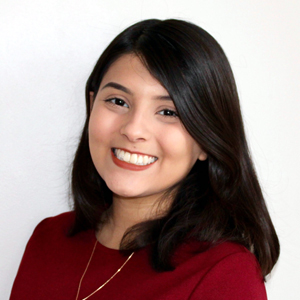WASHINGTON – A Centers for Disease Control and Prevention report Friday credited mask mandates and business restrictions for slowing the spread of COVID-19 in Arizona, reversing an early summer spike blamed on an early easing of restrictions.
The study, in the CDC’s Morbidity and Mortality Weekly Report, tracked cases in the state from Jan. 22 through their peak in June, when local and state safety mandates began to take effect.
“We have significantly reduced the cases in Arizona after the implementation of those mitigation measures,” said Dr. Cara Christ, director of the Arizona Department of Health Services and one of the authors of the report.
“So, after masks became required in about 85 to 90% of the population, and then the closure of some of those high-risk activities or establishments, we did see a significant reduction,” Christ said Friday.
Other health experts in Arizona said the report should serve as “a cautionary tale” to other states.
“I would say, you want to follow what we’re doing now as far as how we’re maintaining it versus allowing it to spread the way it did in the beginning,” said Dr. Ross Goldberg, president of the Arizona Medical Association and vice chairman of surgery at Valleywise Health Center.
Arizona, like most states, imposed a flurry of restrictions on travel and nonessential services in March. But Gov. Doug Ducey overrode attempts by some local governments to close salons and spas, among other businesses, drawing criticism from some quarters.
In May, the state began to ease off on many of those restrictions, leading to crowded Memorial Day gatherings that many blame for a spike in cases that made Arizona a national hot spot for coronavirus infections.
Mask mandates were implemented by county and local governments around Arizona as COVID-19 cases in the state climbed to thousands per day, and Ducey required businesses to set safety protocols. Within weeks, case rates of increase sharply declined.
Christ considers cases in Arizona “stable” now, but other health experts worry about Arizonans relaxing too soon.
“Now is not the time to take our foot off the gas,” Goldberg said.
Will Humble, executive director of Arizona Public Health Association, said the state cannot take all the credit for the turnaround, pointing to more-aggressive actions by many of the larger jurisdictions in the state.
“Don’t tie the hands of local jurisdictions because they can provide valuable interventions that help slow the spread of a virus like this,” Humble said. “When you see good, evidence-based information about the spread of an illness during a pandemic, read it and use that to inform your policy.”
Humble also emphasized the importance of compliance and enforcement of stay-at-home orders and quick test-turn-around times.
The report comes as the state has seen a recent uptick in cases. From Oct. 2 to Oct. 9, almost 5,000 new COVID-19 cases were reported in Arizona, up from fewer than 4,000 cases the week before, and Goldberg said there has been an increase in recent hospitalizations COVID-19.
Christ said the state should continue to push safety measures such as wearing masks indoors and physical distancing whenever possible to continue combating the virus. With flu season looming and holidays just around the corner, she said getting a flu shot and celebrating holidays “safely” is key to maintaining the current trajectory of cases.
Goldberg said he realizes the need for continued vigilance “wears people down.”
“People are tired of it; they want to go back to normal. But until we’ve got a definitive cure, or a vaccine, we have to do this. It’s the best protection we have, and it’s working, we’ve proven it works,” he said.
Humble said that health officials have to do their part, too, to keep this week’s rise from being the start of a second wave.
“We know how responsive this virus is to policy changes,” Humble said. “It’s not fate. Whether or not we have a big spike this winter is dependent on the quality of the decisions that our elected officials make.”
Goldberg said Arizonans needs to keep up with mitigation strategies in order to avoid a second wave.
“If you relax, you see a spike,” Goldberg said. “We unfortunately have very clear examples, very recently, of what happens when you don’t follow those rules. All COVID needs is one patient.”


